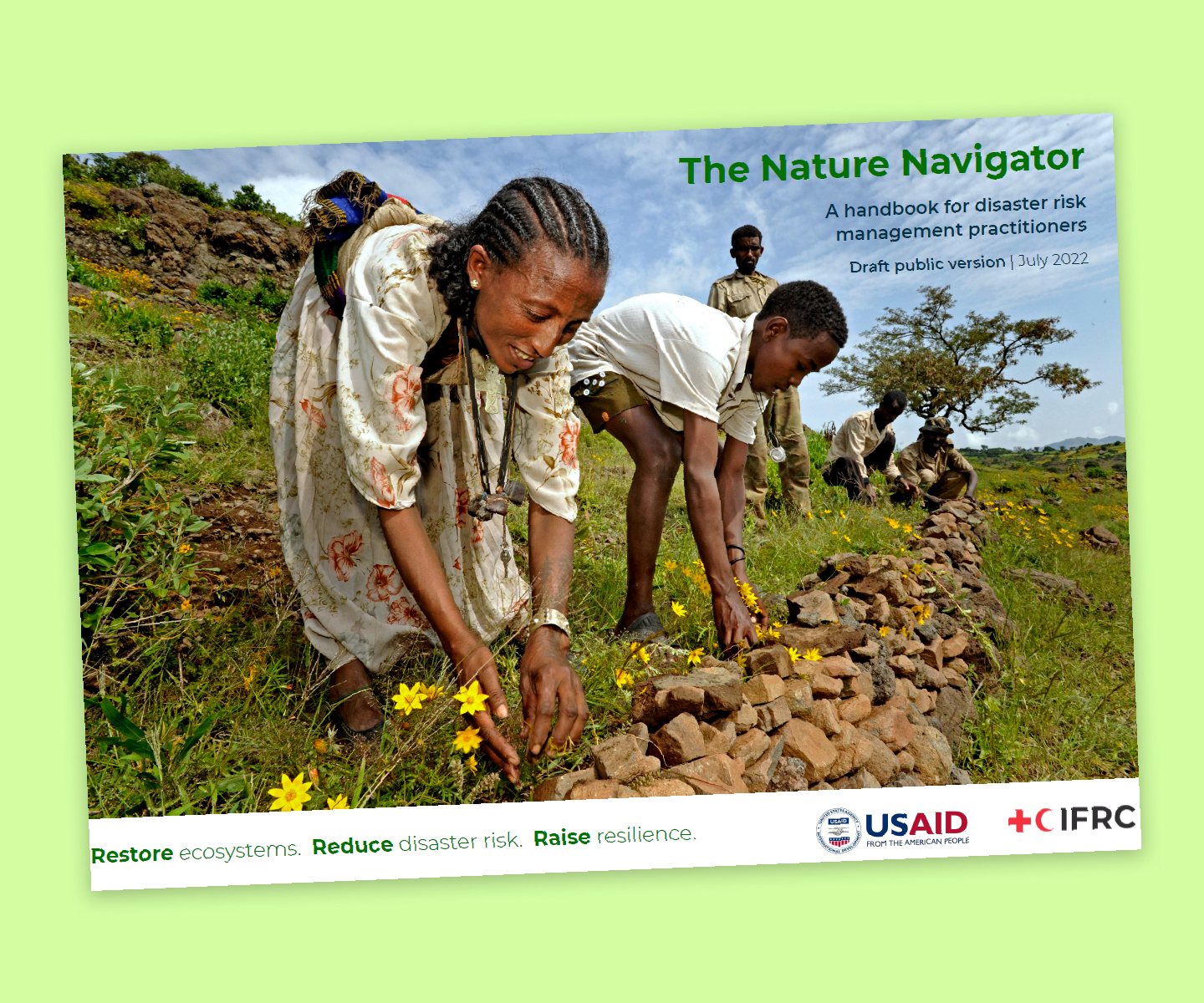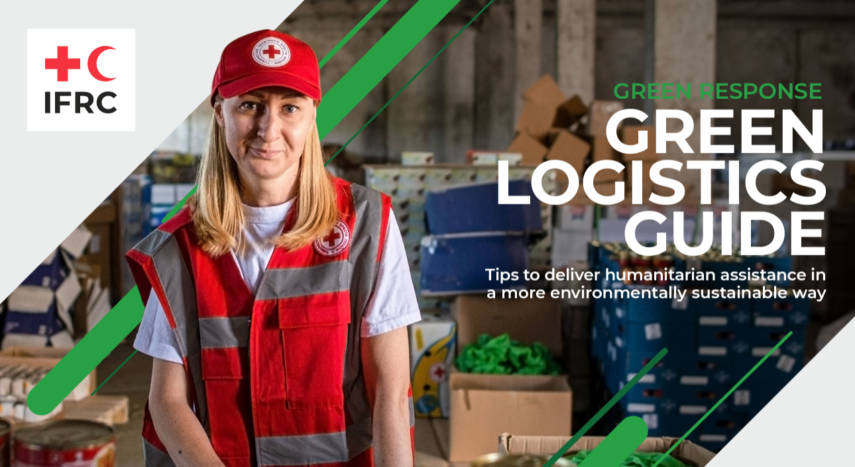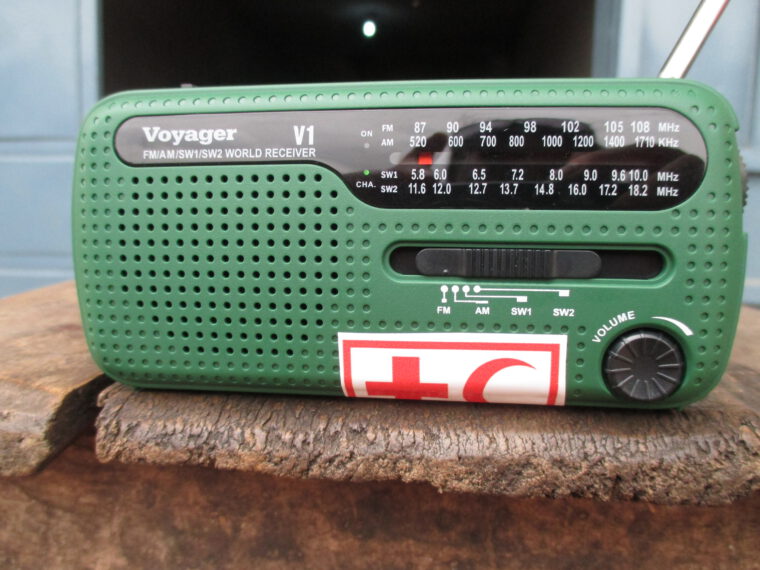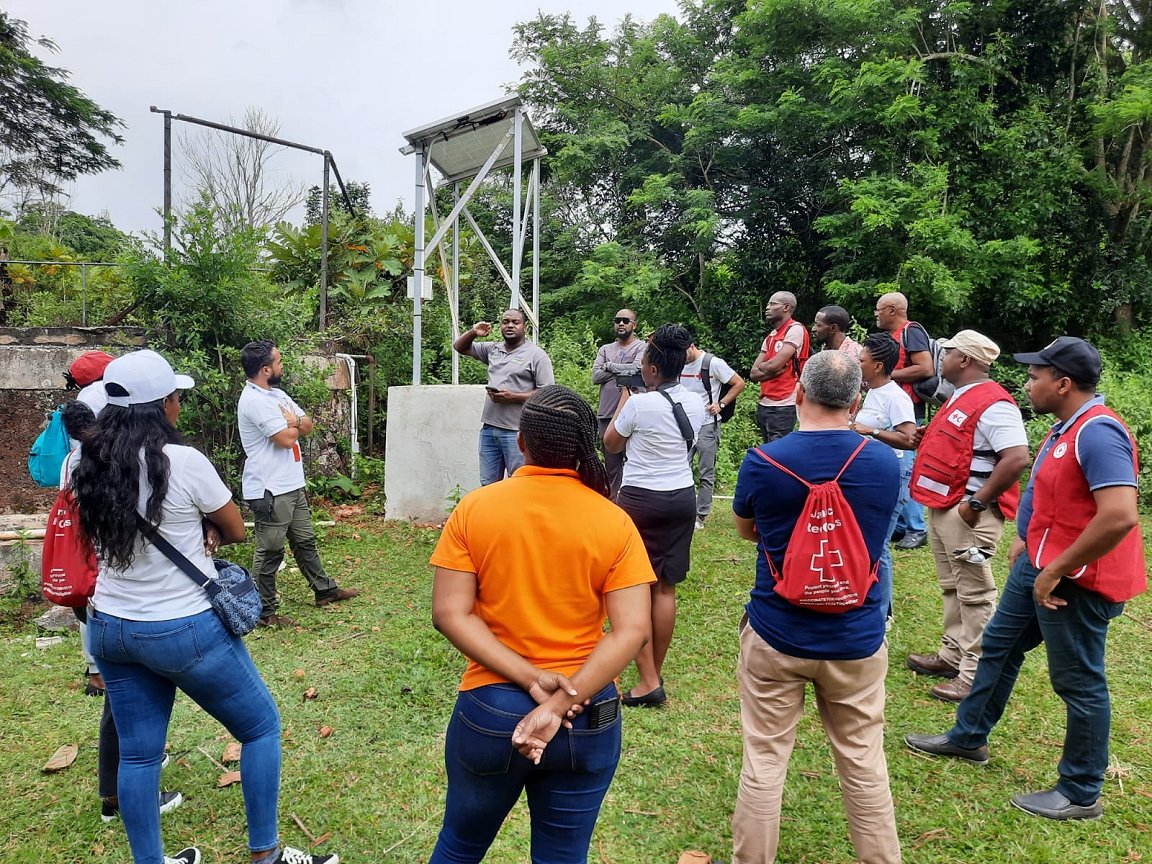Over the past two decades, the Red Cross Red Crescent Movement has played a leading role in climate adaptation by reducing the humanitarian risks posed by the climate crisis. The published ambitions of the Movement also call for the reduction of carbon emissions – mitigation – and of our own environmental impact; for a green response, that is.
The mission of the Climate Centre is to support Movement to reduce climate and extreme-weather impacts on the most vulnerable’ as well as this, we must also make a contribution to the reduction of our own carbon footprint.
Our key message is that action is urgently needed to address the humanitarian impacts of the climate crisis by reducing greenhouse gas emissions to prevent impacts worsening whilst greatly scaling up adaptation at the local level.
The people most affected by the climate crisis are the poorest and most marginalized who have the least capacity to cope and adapt but who also contributed least to the crisis.
Ambitions to address the climate crisis, International Red Cross Red Crescent Movement 2020
Red Goes Green, 2020 report
Green response
Red Cross Red Crescent strategy on youth-led climate action
ICRC logistics blog, sustainability page
The IFRC eLearning course covers mitigation, sustainable fleets and general sustainability
Managing solid waste: sector-specific guidelines for the Red Cross Red Crescent
Reducing our carbon footprint (British Red Cross webpage)
Greening the Blue (UN-wide initiative)

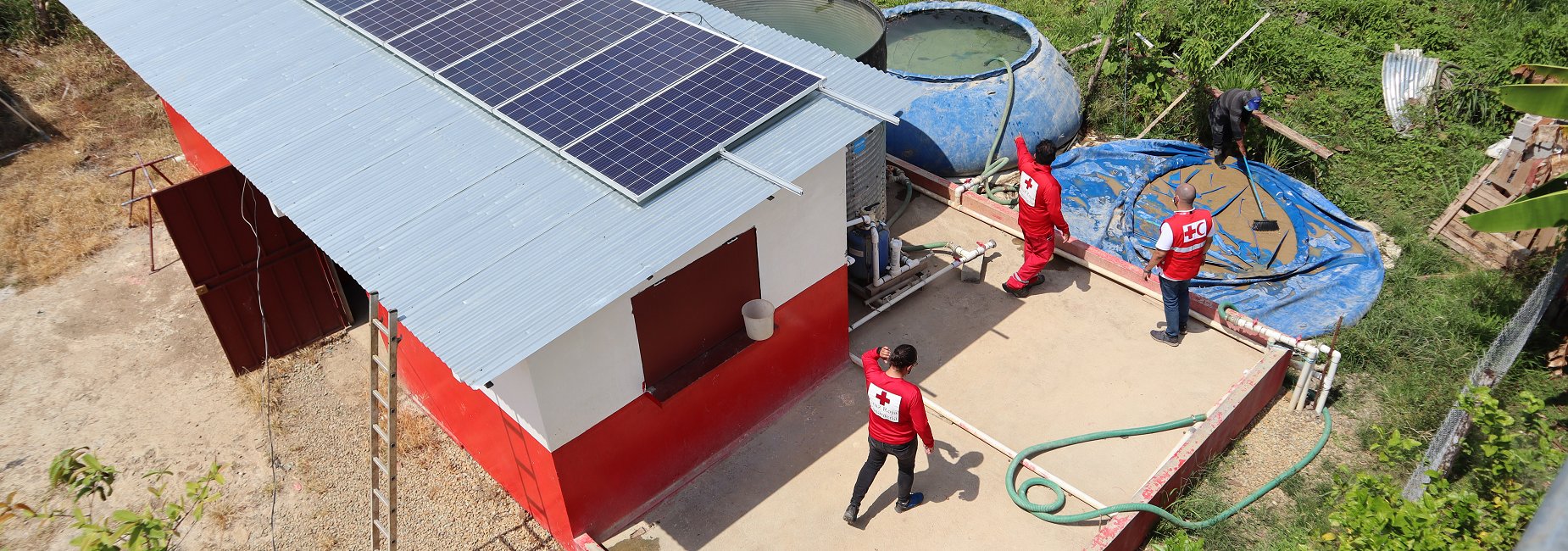
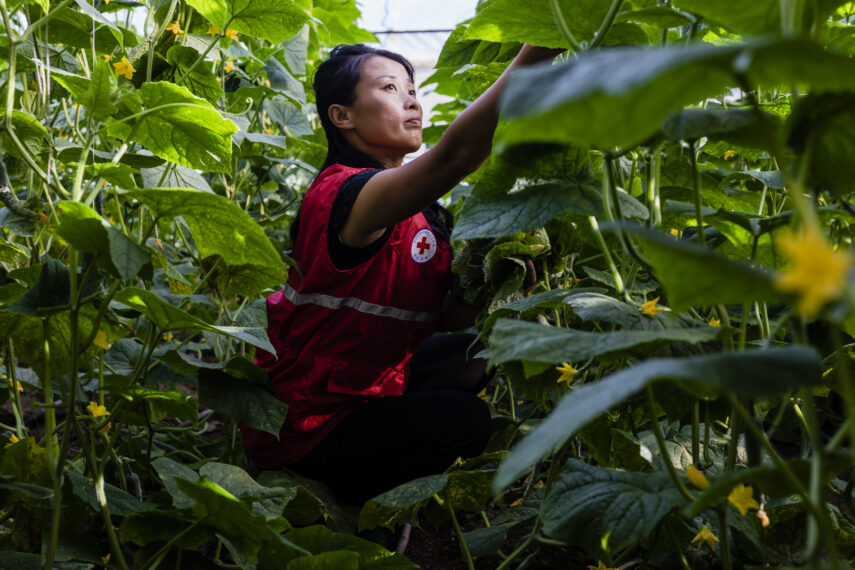 The Climate Centre and its partners help promote the IFRC
The Climate Centre and its partners help promote the IFRC 